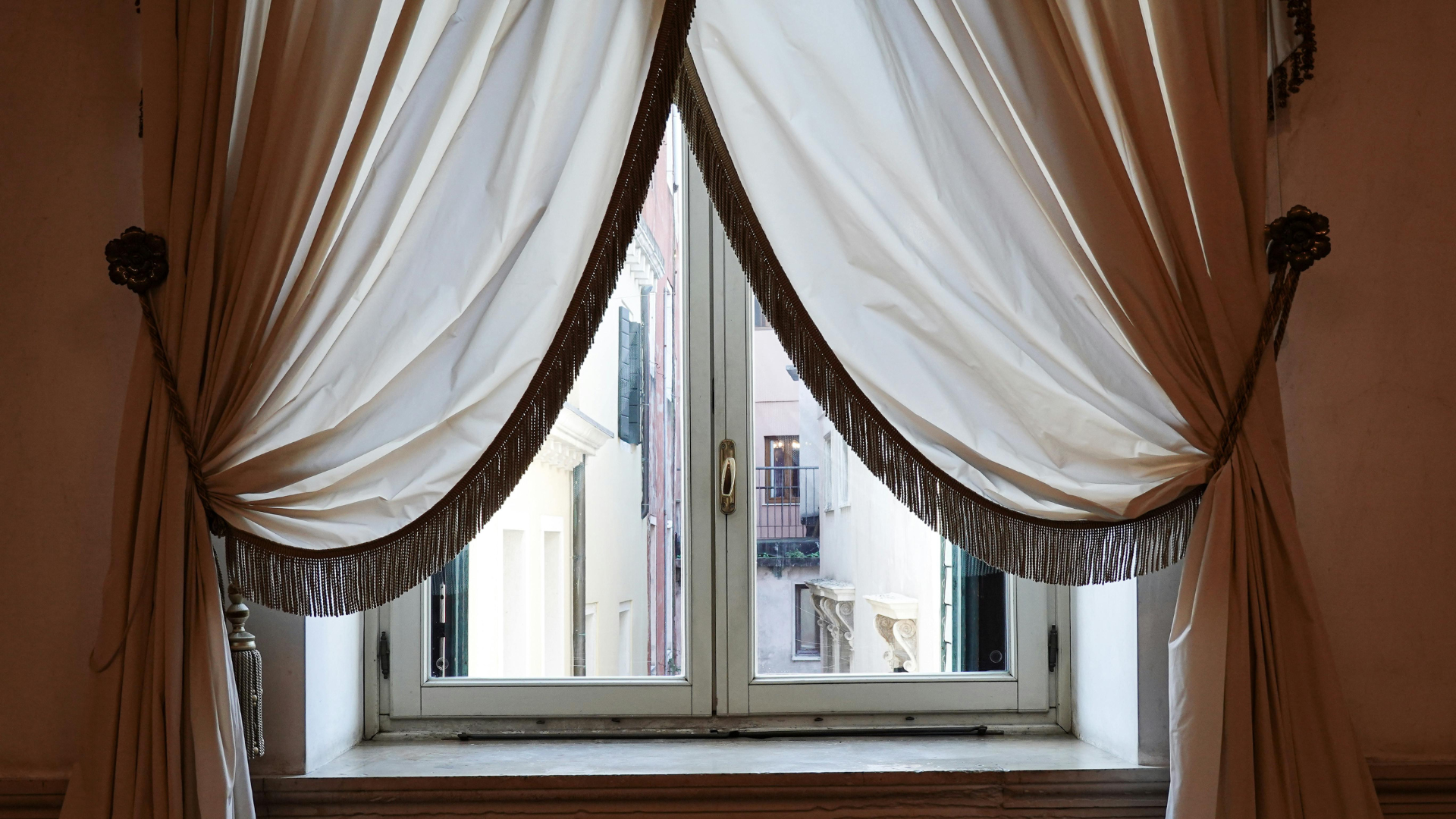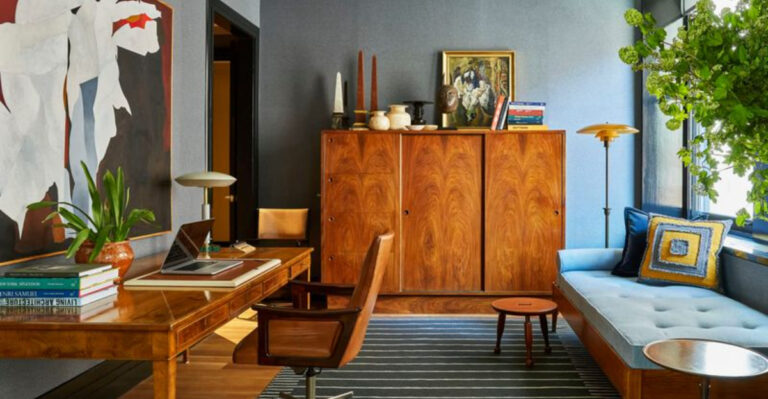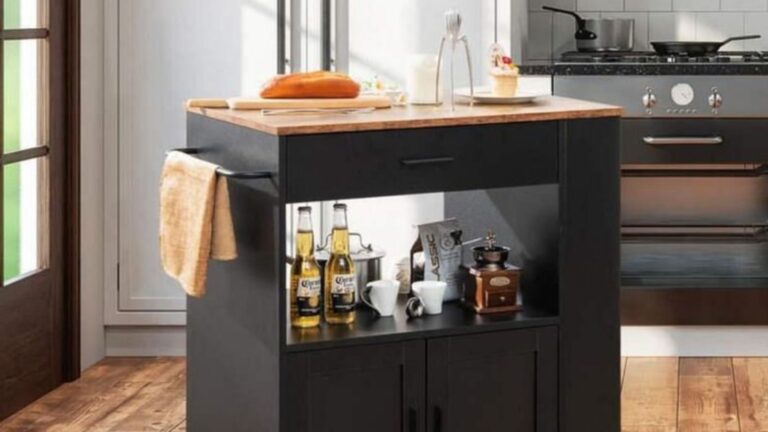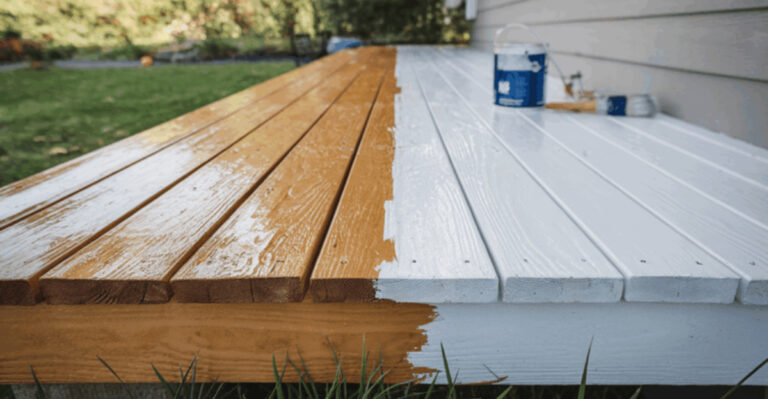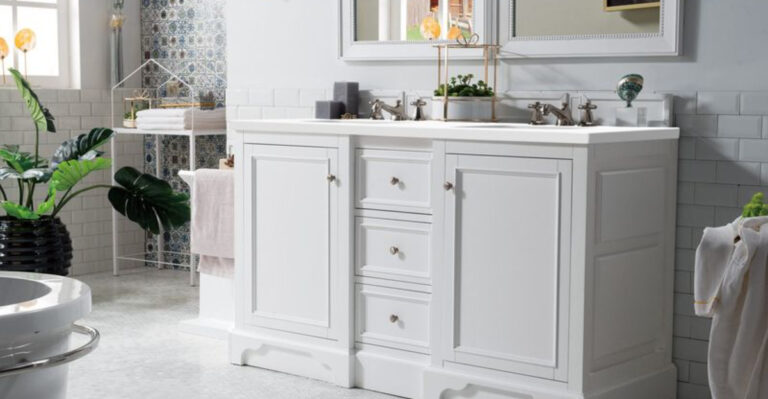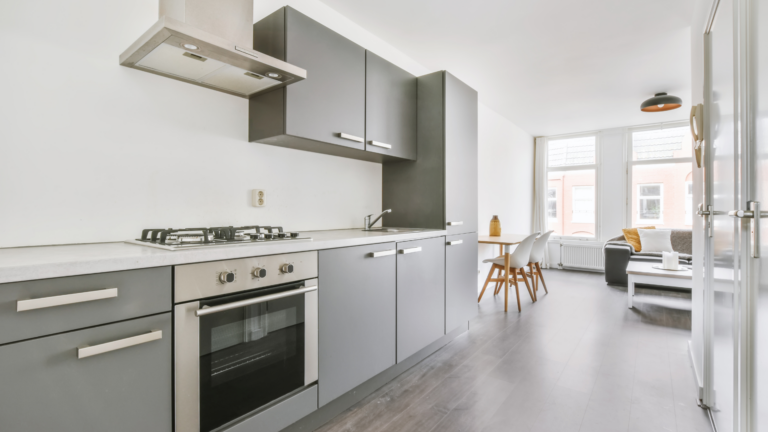Drapes Vs. Curtains, Explained (And Which Is Best For Your Home)
If you’re unsure about what should hang on your windows, you’re not the only one. While drapes and curtains may seem similar, they actually have distinct differences in style, function, and overall feel.
Understanding these differences can help you make a choice that enhances your space and adds the right touch to your home.
Whether you’re aiming for something more formal or casual, knowing which option works best for your needs can make a big difference in the look and feel of your room.
1. Material Matters
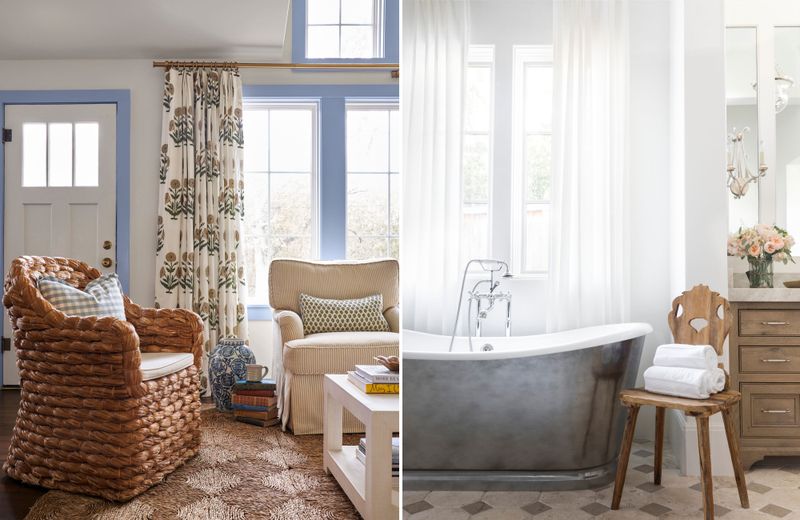
Drapes bring the drama with heavy, luxurious fabrics like velvet, brocade, and silk that scream “fancy dinner party ahead!” They often come with linings that block light and provide insulation.
Curtains, on the other hand, keep things casual with lighter materials such as cotton, linen, or sheer fabrics. They’re the laid-back cousin who lets sunlight filter through while still giving you some privacy.
2. Length Showdown
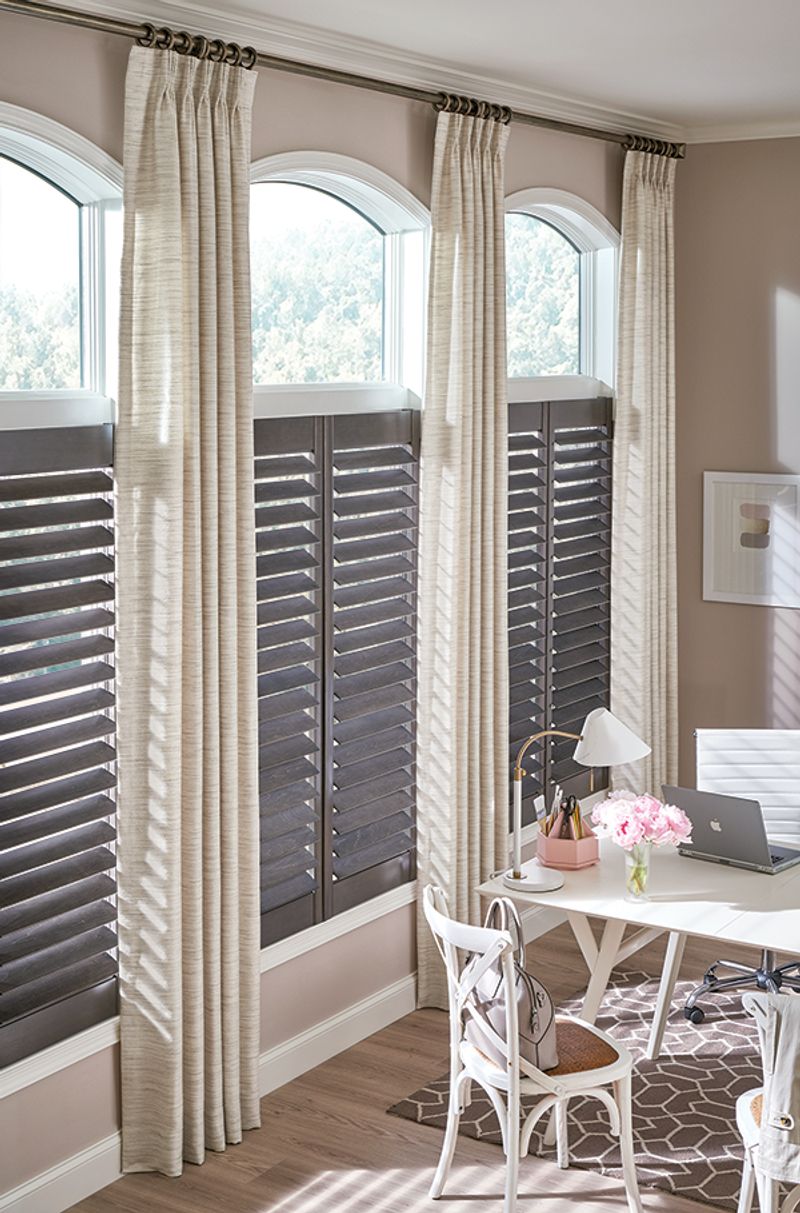
Ever noticed those floor-kissing window coverings in fancy homes? Those are drapes, darling! They typically extend from ceiling to floor, sometimes even pooling dramatically on the ground for extra fanciness.
Curtains play it short and sweet, usually ending at the windowsill or just below it. Think of them as the capri pants of window treatments – practical, casual, and never trying too hard.
3. Living Room Luxury
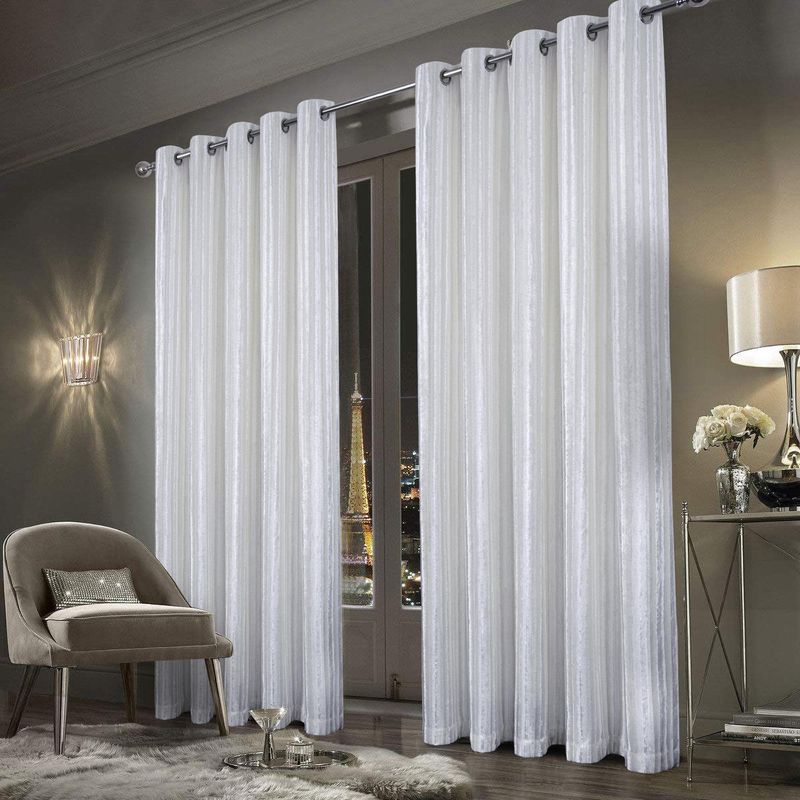
Nothing says “I have my life together” like floor-to-ceiling drapes framing a living room window. The substantial fabric creates an instant air of sophistication, especially in neutral tones or rich jewel colors.
For a more approachable vibe, light curtains in a patterned fabric keep things fresh and inviting. Your guests won’t feel like they need to remove their shoes or speak in hushed tones when curtains are involved!
4. Bedroom Bliss
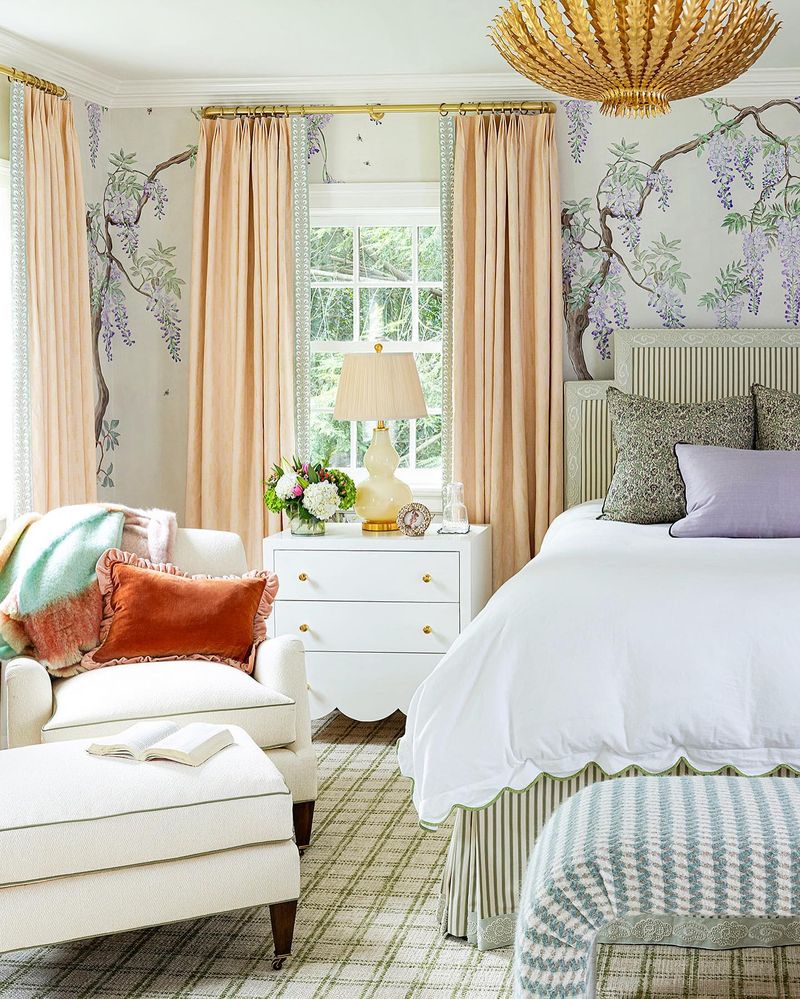
Struggling with street lights ruining your beauty sleep? Blackout drapes are your new best friends! Their thick, lined construction blocks light and dampens sound, creating the perfect sleep sanctuary.
Light sleepers might appreciate layering – sheer curtains for daytime privacy topped with heavier drapes for nighttime darkness. Morning people can stick with simple curtains that welcome that 6 AM sunshine to naturally wake them up.
5. Kitchen Window Solutions
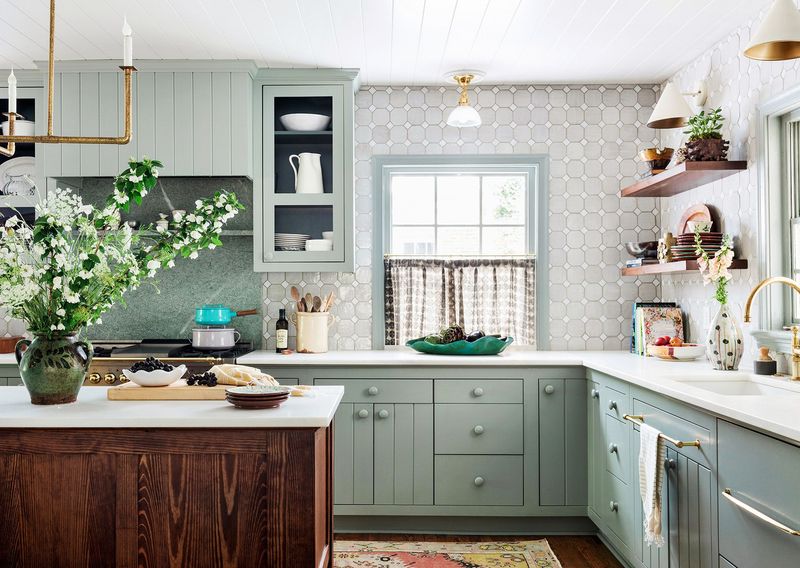
Kitchens and heavy drapes mix about as well as oil and water. The fabric absorbs cooking odors and can be a fire hazard near stoves.
Short, washable curtains rule this roost! Cafe curtains that cover just the bottom half of windows look charming while allowing plenty of light in.
Bonus points if they’re made from easy-clean fabric that can handle the occasional tomato sauce splatter.
6. Bathroom Privacy Champions

Humidity and fabric don’t play well together, making heavy drapes a bathroom no-no. Nobody wants mildew growing on their window treatments!
Water-resistant curtains in vinyl, polyester, or treated cotton stand up to splashes and steam while providing necessary privacy.
Some folks opt for frosted window film instead, but where’s the fun in that? Curtains add personality to a space that’s all about function.
7. Home Office Focus
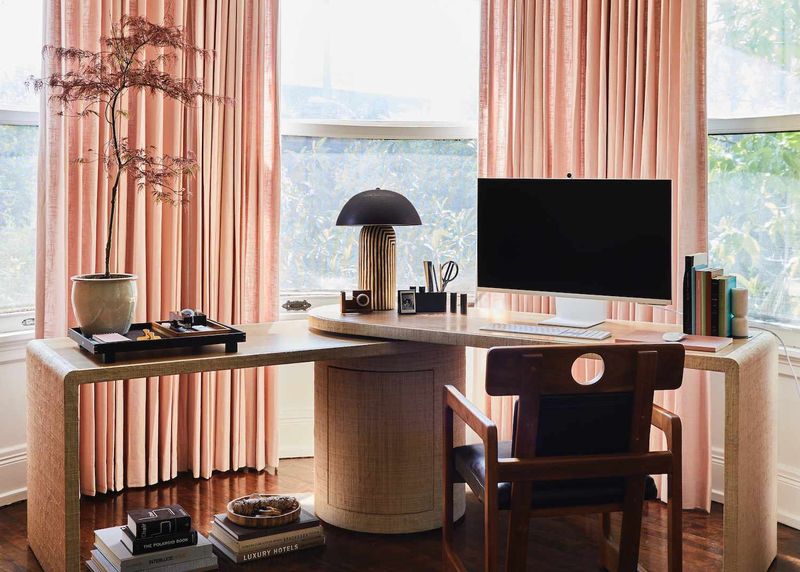
Working from home means battling screen glare and nosy neighbors. Drapes come to the rescue with their light-blocking powers, helping you focus on that spreadsheet instead of squinting.
The substantial fabric also absorbs sound, making your Zoom calls more professional. For a less formal home office, light-filtering curtains strike a balance between privacy and natural light that keeps your plant collection happy.
8. Seasonal Swapping
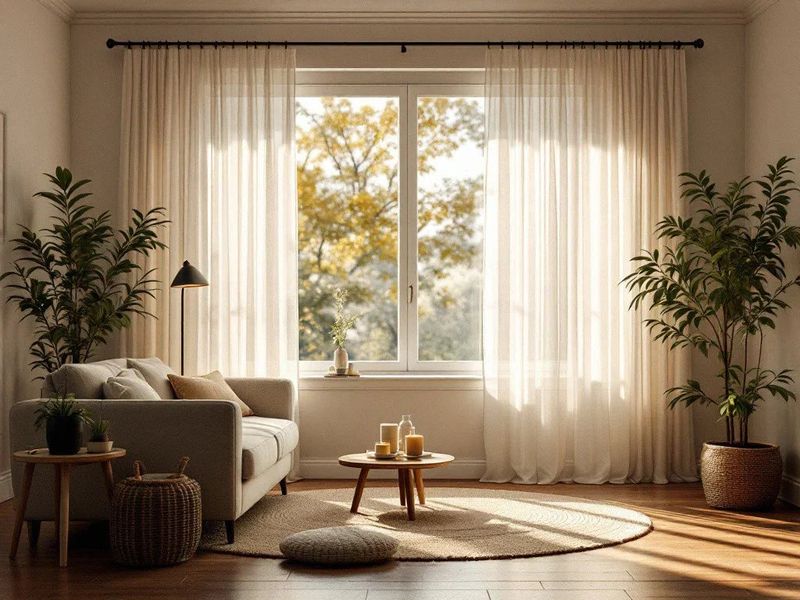
Summer sun beating down? Lightweight curtains in breathable fabrics allow air circulation while filtering harsh rays. They’re like sunglasses for your windows!
When winter winds howl, swapping to insulating drapes can cut your heating bills by up to 25%. The thermal lining creates a barrier against cold air, keeping your home cozy without cranking the thermostat.
Smart homeowners maintain a seasonal collection for maximum comfort year-round.
9. Sound Control Secrets
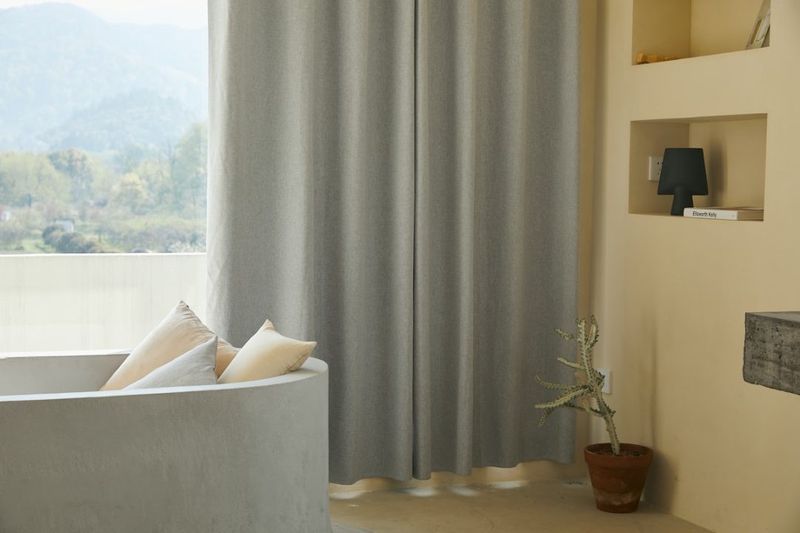
Living near a busy street? Thick, pleated drapes can reduce noise pollution by absorbing sound waves before they bounce around your room. The more folds and fabric, the better the acoustic properties.
Curtains might look pretty but don’t expect them to hush that garbage truck at 6 AM. Their thin construction lets sound pass through almost unimpeded.
For serious sound dampening, layering drapes over curtains creates a sound-absorbing sandwich your ears will thank you for.
10. Small Space Strategies
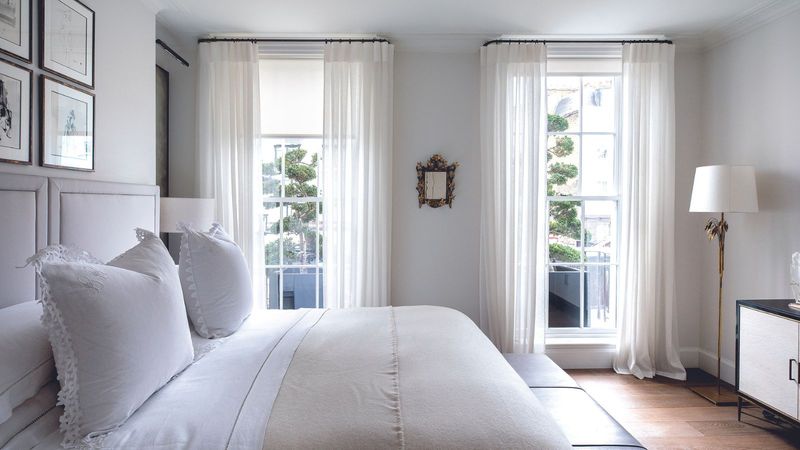
Tiny apartment dwellers, listen up! Heavy drapes can overwhelm small spaces, making them feel even smaller. They’re like wearing an oversized coat in a crowded elevator – too much bulk!
Light, airy curtains maintain the illusion of space while still providing privacy. Hanging them close to the ceiling and wider than the window creates visual height and width.
Some minimalists skip fabric altogether and opt for sleek blinds instead.
11. Energy Efficiency Battle

Your windows leak more energy than a gossip leaks secrets! Thermal drapes with insulating linings can reduce this energy loss by creating a barrier between your cozy interior and the temperature outside.
Regular curtains offer minimal insulation benefits. For true energy savings, cellular shades topped with decorative drapes provide the best of both worlds – function and fashion.
Your wallet will notice the difference when those utility bills arrive!
12. Budget-Friendly Choices

Champagne taste but beer budget? Curtains are your wallet’s best friend! Their simpler construction and lighter fabrics typically come with lower price tags than their drapery cousins.
Ready-made curtain panels from big box stores can refresh your space without emptying your bank account.
Drapes, with their additional fabric, linings, and formal styling, command premium prices that make budget-conscious decorators wince. Sometimes simple really is better!
13. DIY Difficulty Level
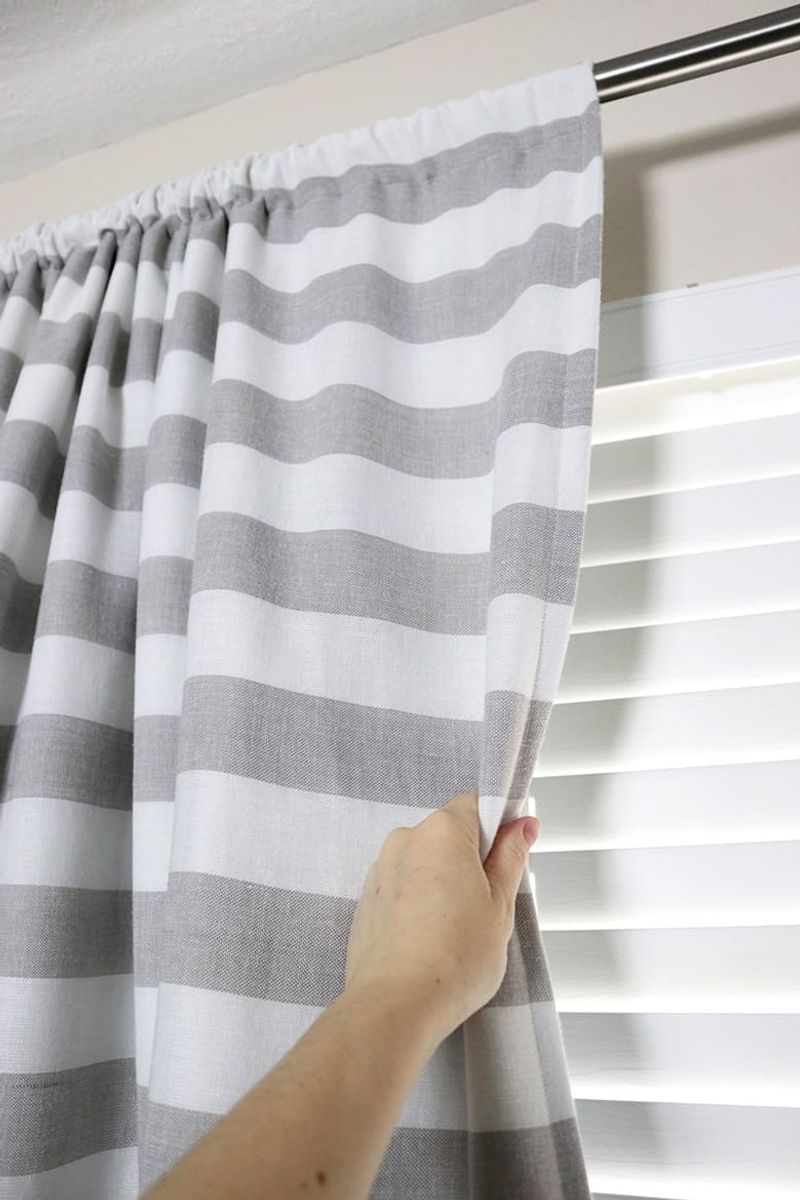
Feeling crafty? Curtains welcome beginners with open arms! A straight stitch, some hemming tape, and basic measuring skills are all you need to create custom window treatments.
Drapes demand more respect and sewing expertise. Their precise pleats, linings, and weighted hems require patience and skill.
Many home sewers start with simple curtains before graduating to drapery projects, much like learning to walk before running a marathon.
14. Cleaning Commitment
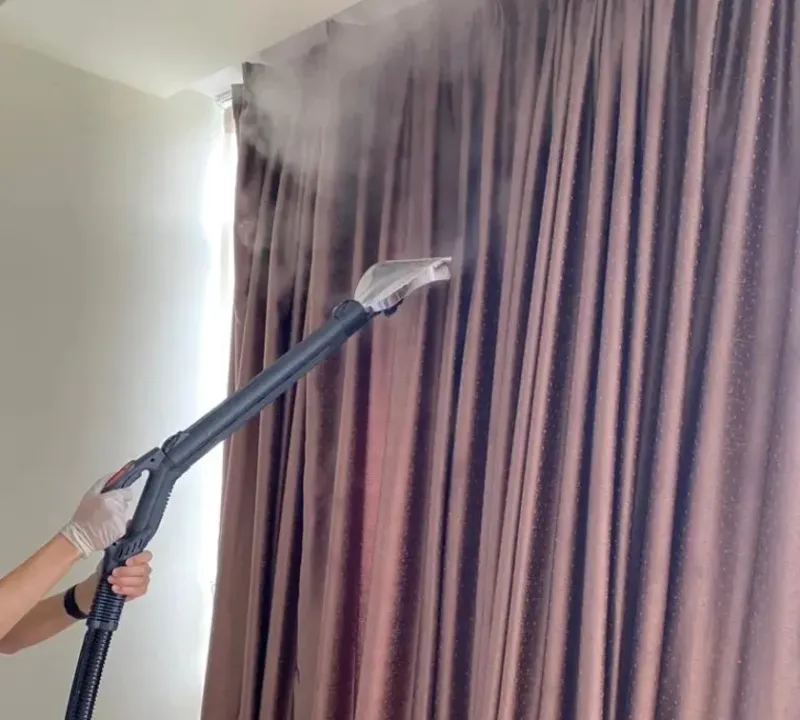
Dust bunnies love hiding in fabric folds! Curtains usually require less maintenance since many can be tossed in the washing machine when they get grimy. Some can even go in the dryer – a busy homeowner’s dream!
Drapes often demand professional cleaning due to their size, weight, and delicate fabrics. This means unhooking them, hauling them to the cleaner, and living with naked windows until they return.
For allergy sufferers, washable curtains might be the healthier choice.
15. Child and Pet Safety
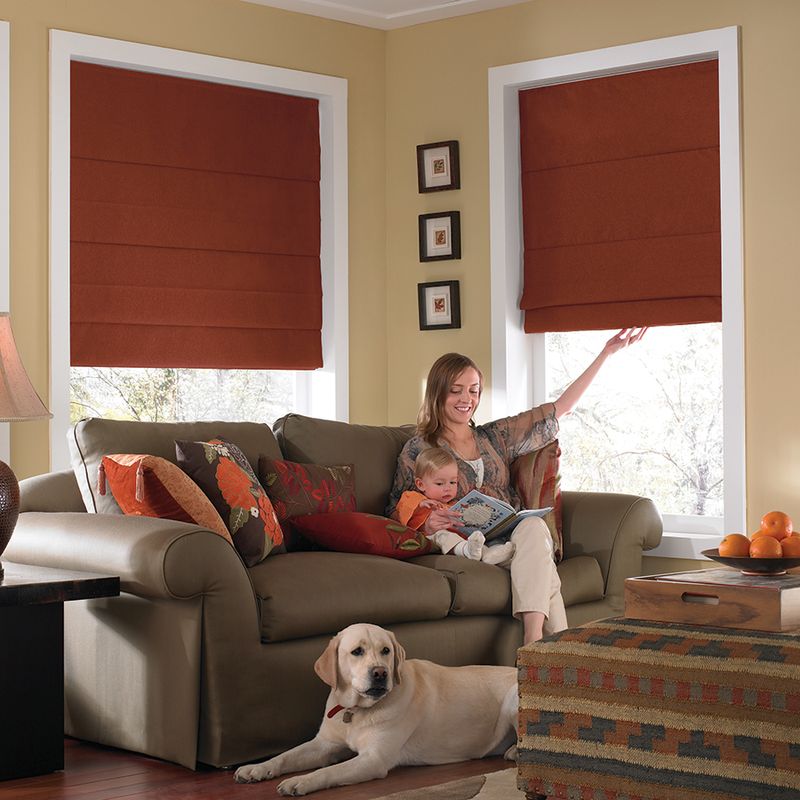
Families with curious kiddos or frisky felines should think twice about floor-length drapes. Little hands pull, pets climb, and suddenly your expensive window treatments become very expensive toys!
Shorter curtains that stay above tiny reach keep everyone safer. For homes with climbers, cordless options prevent strangulation hazards.
Some pet owners choose sturdy outdoor fabrics that resist claws and can handle frequent washing.
16. Historical Home Harmony
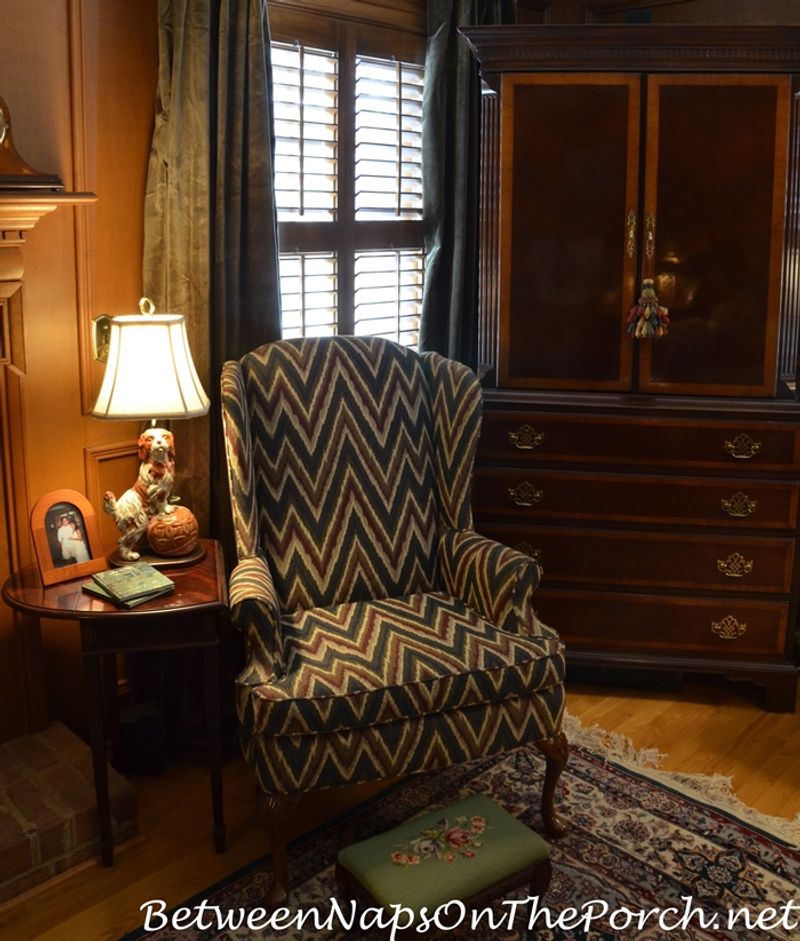
Victorian and Edwardian homes practically beg for dramatic drapes! These architectural beauties with their high ceilings and ornate moldings were designed for formal window treatments that puddle elegantly on the floor.
Mid-century modern homes favor simpler curtains that don’t compete with clean lines and large windows. Craftsman bungalows look best with medium-weight treatments that complement their warm wood trim.
Respecting your home’s era creates a cohesive look that feels intentional rather than jarring.
17. Layering Like a Pro
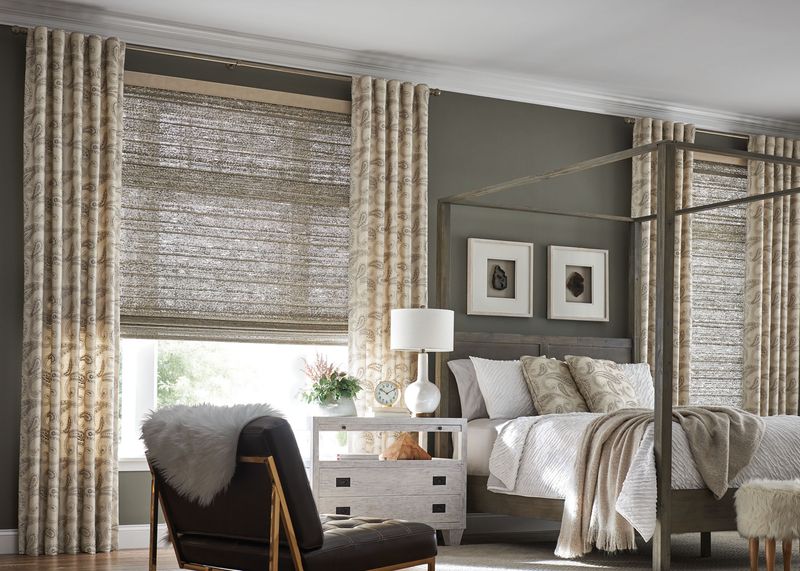
Can’t decide between curtains and drapes? Channel your inner fashion stylist and layer them! Sheer curtains underneath substantial drapes create depth while offering flexibility.
During the day, close the sheers for filtered light and privacy while keeping drapes open for a formal frame. At night, pull the drapes closed for complete privacy and insulation.
This best-of-both-worlds approach satisfies both practical needs and aesthetic desires, though it requires double the hardware and expense.
18. Outdoor Living Spaces
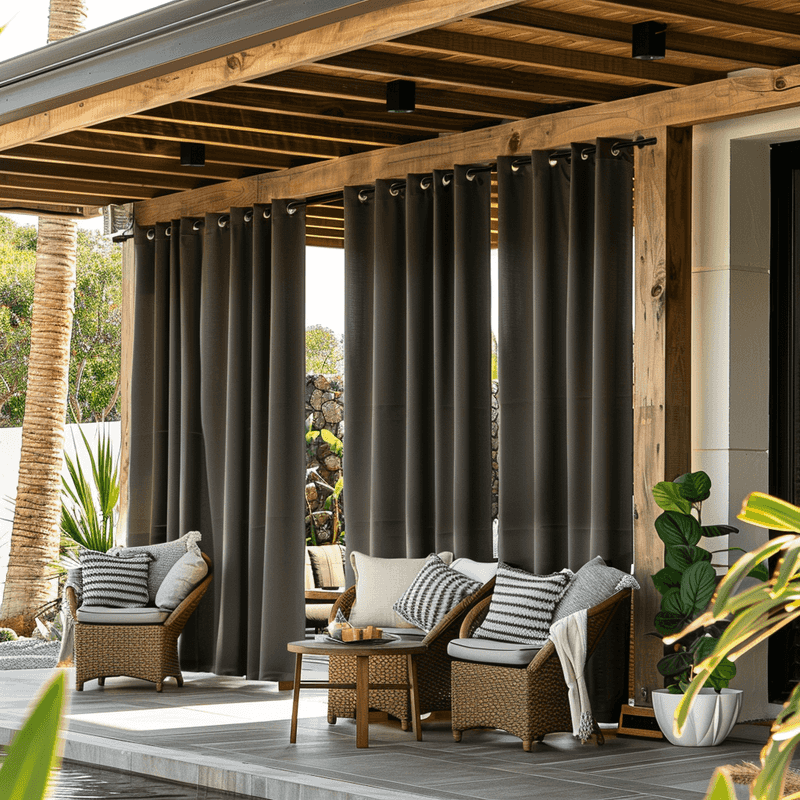
Patios and porches get fancy too! Weather-resistant outdoor curtains transform open-air spaces into semi-private retreats.
Made from solution-dyed acrylic or treated polyester, these tough textiles stand up to sun, rain, and wind. Though technically curtains by definition, they function more like drapes in creating defined outdoor rooms.
Hanging them on gazebos, pergolas, or around hot tubs adds resort vibes to your backyard while blocking nosy neighbors and harsh afternoon sun.

